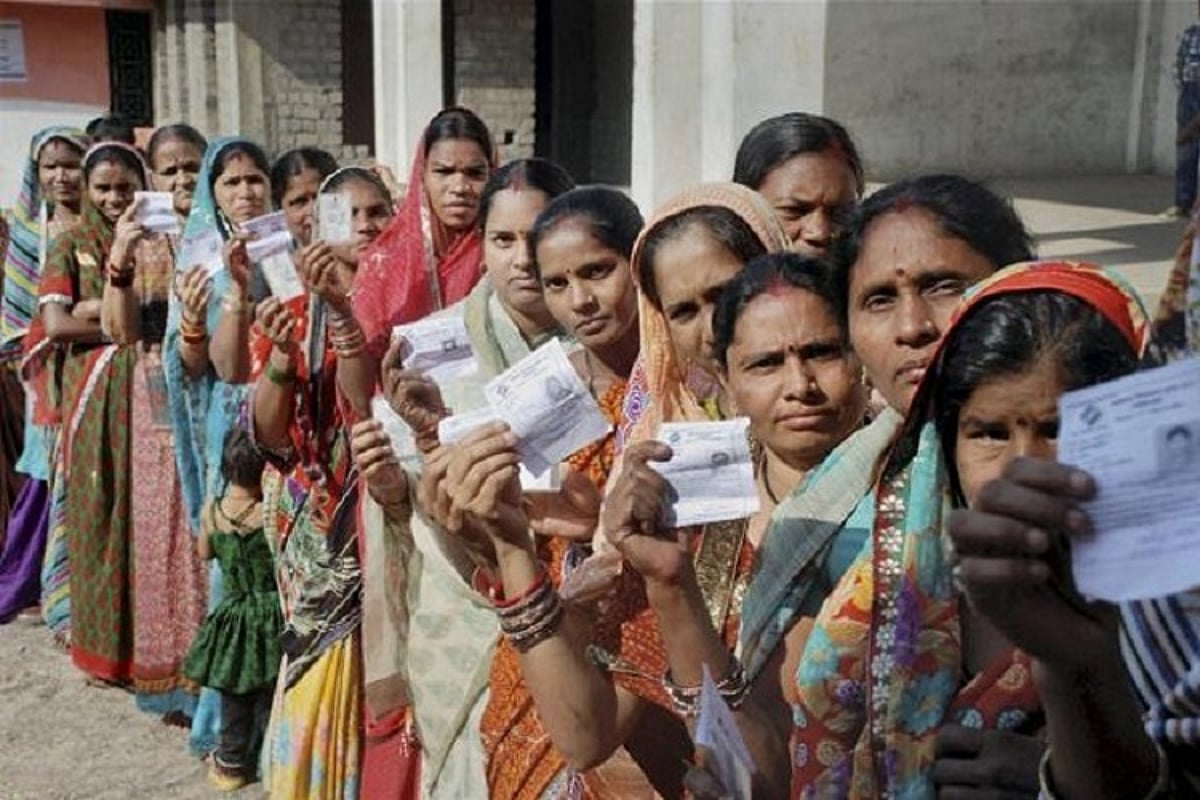 |
|
The Indian government is pushing forward with its ambitious plan to hold simultaneous elections for the Lok Sabha and all state legislative assemblies by 2034. This initiative, driven by the proposed Constitution (129th Amendment) Bill, 2024 and the Union Territories Laws (Amendment) Bill, aims to streamline the electoral process and potentially reduce costs. The legislation, slated to be tabled in December 2024, outlines a phased approach, with the actual implementation commencing after the 2029 general elections. This phased implementation is a crucial element of the plan, acknowledging the practical complexities involved in synchronizing elections across a vast and diverse nation.
A pivotal aspect of the proposed amendment is the introduction of Article 82(A) into the Constitution. This new article explicitly enables simultaneous elections, thereby formalizing the 'One Nation, One Election' concept. The timing of the commencement is intricately linked to the 2029 Lok Sabha elections. Following the first parliamentary sitting after these elections, the President will issue a public notification setting the 'appointed date' for the commencement of simultaneous elections. Critically, this date will determine the end of the terms for state assemblies, aligning them with the 2034 Lok Sabha election, irrespective of whether they have completed their full five-year terms. This approach, while potentially controversial, aims to establish a consistent electoral cycle and avoid the cascading effect of staggered state elections on national stability.
The legislation also addresses the complexities arising from mid-term elections and the potential for unforeseen circumstances. A crucial mechanism is built into the bill to handle situations where simultaneous elections cannot be conducted in a specific state. The Election Commission will have the power to recommend to the President a deferral of elections for a particular state's legislative assembly, while still ensuring that the assembly's term aligns with the Lok Sabha's term. This addresses potential logistical challenges, regional unrest or natural disasters that could delay elections in certain states without jeopardizing the overall plan. Further amendments to Articles 83 and 172 address the issue of mid-term elections, stipulating that if the Lok Sabha or a state legislative assembly is dissolved prematurely, elections will be held only for the remaining unexpired term, preventing the extension of a state's mandate beyond its intended duration.
The amendments also extend to Union Territories, proposing changes to facilitate simultaneous and mid-term elections within the frameworks of existing legislation governing these territories. The legislation also has taken into consideration the report of the Kovind panel, which was established to study the feasibility of simultaneous elections. The panel, in its report, clarified that while constitutional amendments enabling the synchronization of elections don't require state ratification, amendments related to a common electoral roll and aligning local body elections with national elections would require ratification by at least half of the state assemblies. This reflects the sensitivity around the implications for federalism and state legislative powers, highlighting the government's efforts to navigate the delicate balance between national unity and state autonomy.
The 'One Nation, One Election' proposal is undoubtedly a monumental undertaking with significant potential benefits and challenges. Proponents argue that simultaneous elections will lead to administrative efficiency, cost savings, and a more streamlined electoral process. They also suggest that it could lead to greater political stability, as the government will not have to contend with frequent by-elections or state-level elections impacting its agenda. However, critics raise concerns about the potential for political manipulation and the implications for federalism and state autonomy. The potential challenges include the logistical complexities of organizing such large-scale elections across a geographically vast and diverse nation and the potential for disproportionate influence by the ruling party during a synchronized election. The debate surrounding this ambitious proposal will continue to evolve as the process advances. The coming months and years will be crucial in determining the success or failure of this landmark electoral reform.
Source: Explained: The Bills to roll out ‘One Nation, One Election’ by 2034
